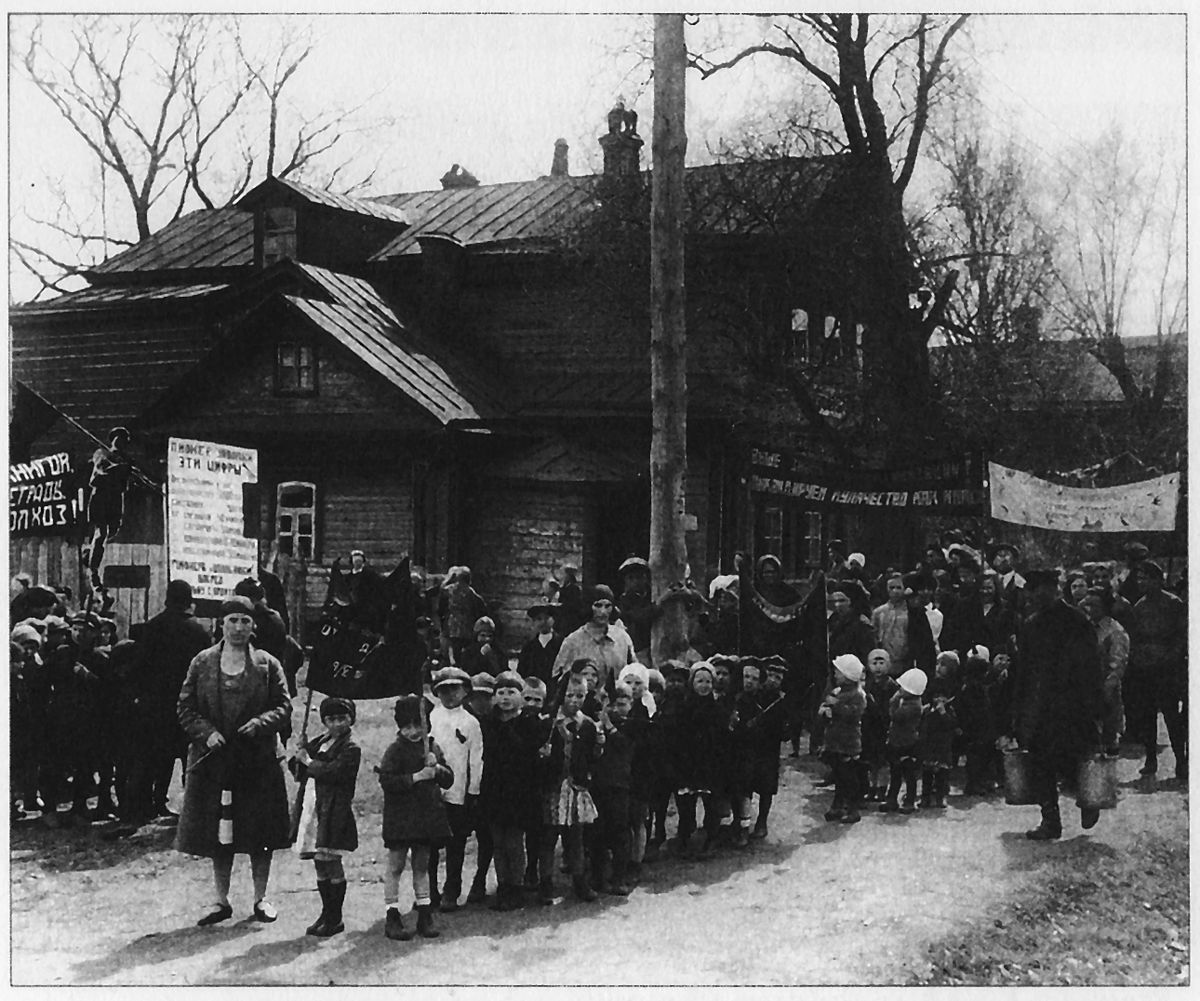
Dekulakization
Siberia, RussiaDekulakization was the Soviet campaign of political repressions, including arrests, deportations, or executions of millions of kulaks (prosperous peasants) and their families. Redistribution of farmland started in 1917 and lasted until 1933, but was most active in the 1929–1932 period of the first five-year plan. To facilitate the expropriations of farmland, the Soviet government portrayed kulaks as class enemies of the Soviet Union. More than 1.8 million peasants were deported in 1930–1931. The campaign had the stated purpose of fighting counter-revolution and of building socialism in the countryside. This policy, carried out simultaneously with collectivization in the Soviet Union, effectively brought all agriculture and all the labourers in Soviet Russia under state control. Hunger, disease, and mass executions during dekulakization led to approximately 390,000 or 530,000–600,000 deaths from 1929 to 1933.
In November 1917, at a meeting of delegates of the committees of poor peasants, Vladimir Lenin announced a new policy to eliminate what were believed to be wealthy Soviet peasants, known as kulaks: "If the kulaks remain untouched, if we don't defeat the freeloaders, the czar and the capitalist will inevitably return." In July 1918, Committees of the Poor were created to represent poor peasants, which played an important role in the actions against the kulaks, and led the process of redistribution of confiscated lands and inventory, food surpluses from the kulaks.
Joseph Stalin announced the "liquidation of the kulaks as a class" on 27 December 1929. Stalin had said: "Now we have the opportunity to carry out a resolute offensive against the kulaks, break their resistance, eliminate them as a class and replace their production with the production of kolkhozes and sovkhozes." The Politburo of the All-Union Communist Party (Bolsheviks) formalized the decision in a resolution titled "On measures for the elimination of kulak households in districts of comprehensive collectivization" on 30 January 1930. All kulaks were assigned to one of three categories:
- Those to be shot or imprisoned as decided by the local secret political police.
- Those to be sent to Siberia, the North, the Urals, or Kazakhstan, after confiscation of their property.
- Those to be evicted from their houses and used in labour colonies within their own districts.
- Those kulaks that were sent to Siberia and other unpopulated areas performed hard labor working in camps that would produce lumber, gold, coal and many other resources that the Soviet Union needed for its rapid industrialization plans.
